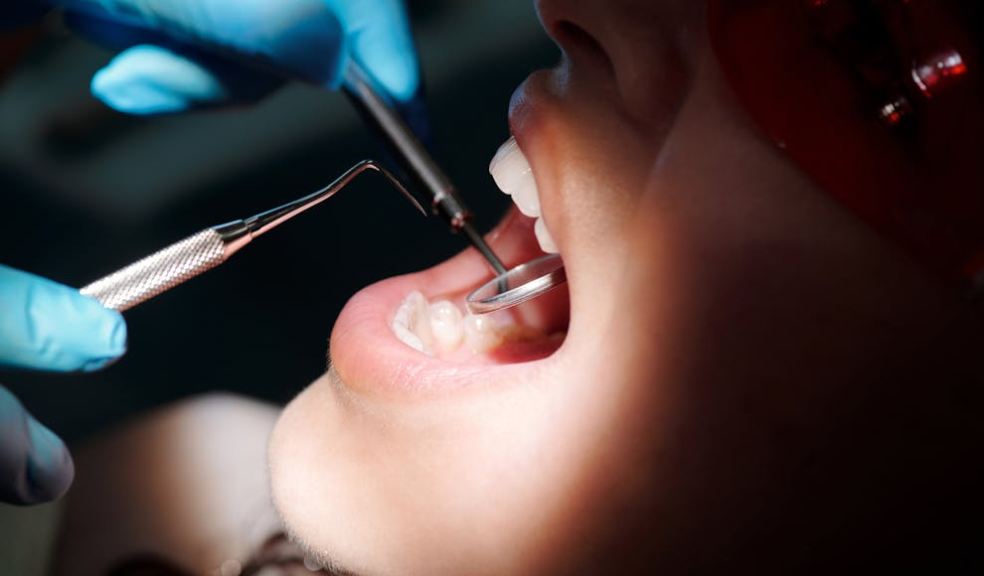
7 Key Factors That Influence the Cost of Dental Procedures
Navigating the world of dental care can be confusing, especially with the costs. You might ask, "Why does the price for a simple filling vary?" or "What goes into the quote for a major procedure like dental implants?".
The truth is that the final price you're quoted is rarely a single flat fee. It's a composite of numerous factors that reflect the complexity, quality, and resources required for your specific treatment. Let's break down the seven key elements that influence the cost of dental procedures.
1. The Complexity of the Procedure
The more complex a procedure is, the more time, expertise, and specialized equipment it requires. A simple tooth extraction might take 20 minutes, while a surgical tooth extraction for an impacted wisdom tooth could require surgery, significantly increasing the cost.
Major restorative work requires a detailed investment analysis. For example, an all on 4 cost breakdown reveals how factors like the number of implants, the need for bone grafting, and the prosthesis type contribute to the overall investment. Payment plans are available to make this significant investment more manageable for patients.
2. Materials Used
The quality and type of materials used have a direct impact on the cost and longevity of dental work. This is a major differentiator in common procedures.
For instance, tooth-colored composite resin dental fillings are typically more expensive than traditional silver amalgam. In cosmetic dentistry, the material choice is everything; dental bonding uses composite resin, while porcelain veneers are a premium option.
A dental crown can be made from full gold, all-ceramic (like zirconia), or porcelain-fused-to-metal each with different price points and aesthetic qualities. Higher-quality materials are often more durable, more natural-looking, and biocompatible, but they come at a higher initial cost.
3. Dentist's Expertise and Location
A highly qualified specialist (like an endodontist for root canals or an oral surgeon for complex extractions and full-mouth reconstructions) will typically charge more than a general dentist due to their advanced training. This expertise is a critical factor in the cost of specialized care, from traditional braces to intricate smile makeovers.
Furthermore, a dentist practicing in a major metropolitan area with a high cost of living will have higher overhead costs (like staff salaries and rent) than one in a rural town. These costs are reflected in their pricing for all dental services, from routine preventive treatments to major restorative work.
When evaluating your dental benefits, it's important to understand that these geographic and expertise-based variables significantly influence the overall investment in your oral health.
4. Laboratory Fees
A dental laboratory is essential for restorative procedures like crowns, dental bridges, dentures, and implant abutments. Your dentist takes an impression or a digital scan of your mouth, and a skilled dental technician crafts your custom restoration off-site. The cost of these lab services is a significant part of your bill.
Higher-end labs that use premium materials (like high-grade porcelain for veneers) and employ master technicians will charge the dentist more. That cost is passed on to you, often resulting in a superior final product. This is a key reason why cosmetic dentistry procedures can vary widely in price.
5. Technology and Equipment
Modern dentistry leverages incredible technology that improves accuracy, comfort, and outcomes. Practices that invest in cutting-edge equipment like digital X-rays, intraoral scanners (which can replace messy impressions for orthodontic treatment), 3D CBCT scanners (crucial for planning implant surgery), and laser dentistry (used in gum treatments and some teeth whitening procedures) often have higher operating costs.
While this technology can lead to faster procedures, more precise fittings, and better diagnostics, it can also increase treatment costs compared to a practice using older, traditional methods.
6. Pre- and Post-Operative Care
The actual procedure is often just one part of the journey. Comprehensive care includes initial consultations, diagnostic tests (X-rays, CT scans), follow-up appointments, and sometimes even sedation or anesthesia fees.
For surgical procedures, the cost of medications for pain management or infection prevention may also be factored in. A thorough treatment plan will outline all these associated costs upfront, so there are no surprises.
7. Dental Insurance and Geographic Region
While not a direct factor in the dentist's fee, your insurance coverage dramatically influences your out-of-pocket costs. Different plans have varying levels of coverage, annual maximums, and deductibles.
It's important to note that many elective cosmetic dentistry procedures done purely for aesthetics are often not covered by insurance. Hence, your personal budget is the primary factor.
Additionally, the general cost of dental services can vary widely by country and even by region within a country. This geographic disparity is why some people consider "dental tourism," though this comes with its own set of risks and considerations regarding follow-up care and quality standards.
Final Thoughts
When reviewing a treatment plan, remember that the lowest price isn't always the best value. It's crucial to have an open conversation with your dentist about the factors influencing your cost. Ask questions about the materials being used, the technology involved, and what is included in the quoted price. By understanding these seven key factors, you can feel more confident in the care you choose and the investment you are making in your smile.











